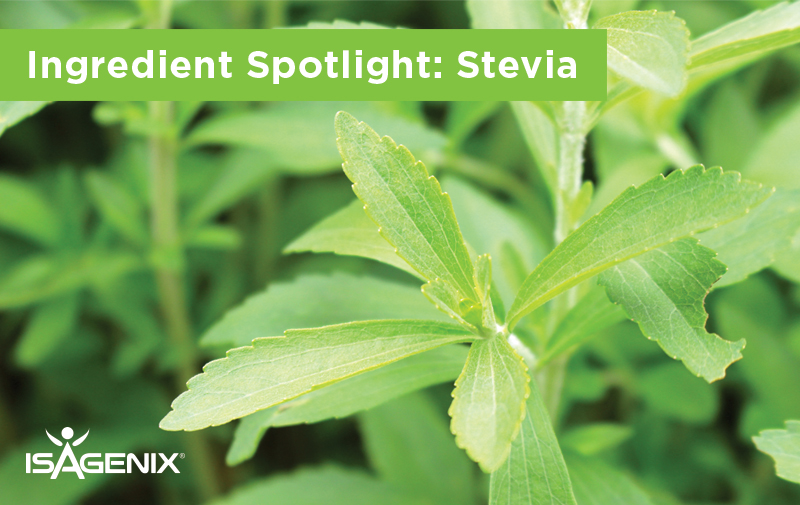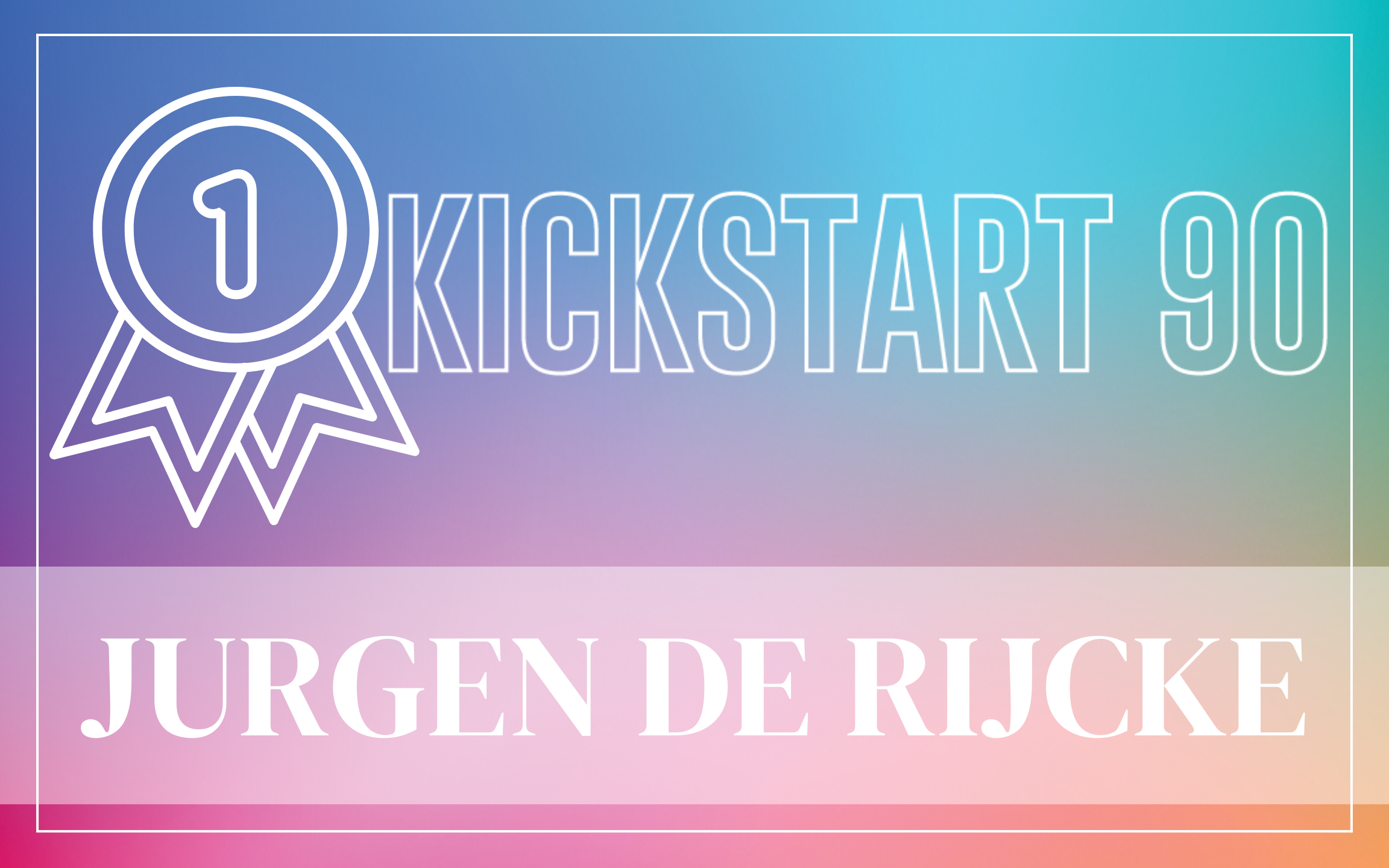Ingredient spotlight: Stevia
December 13, 2017,
Rebecca Haresign

Stevia rebaudiana, more commonly known as the stevia plant, naturally produces sweet-tasting compounds. The plant is indigenous to Paraguay, where ‘Caá hê-é’ (or sweet herb) has been used by the Guarani people to sweeten drinks for over a century. Today, stevia is grown in Paraguay, Kenya, China and the US, and its non-caloric and sweetening properties are being used to sweeten many everyday products around the world (1).
The sweet taste of stevia
Stevia’s unique sweet tasting compounds, steviol glycosides, are produced in the leaves of the stevia plant (1). The structure of these compounds resembles the shape of a glucose molecule and activates the same receptor on our tongue that detects sweetness. Unlike sugar, stevia extracts provide no calories.
The leaves of stevia plants contain two abundant steviol glycosides; stevioside (9.1%) and rebaudioside A (3.8%). Rebaudioside A is extremely sweet, and is not as bitter as stevioside (2).
The sweet-tasting components can only be obtained through an extraction and isolation method. Stevia is extracted by steeping the leaves in water to extract the compounds necessary to create the natural sweetener. Once the steviol glycosides have been separated, the extract is purified again with water and then dried before being powdered (1).
Through extensive experimentation, researchers have found the perfect balance between rebaudioside A and steviosides to give us the perfect stevia sweetener.
Health benefits
Stevia is not a source of carbohydrates and our bodies do not process it the same way it would process sugar molecules. Steviol glycosides are not absorbed in the stomach or small intestine, and is a zero-calorie sweetener. This makes it ideal for use in products for weight management (1).
It is approximately 250-300 times sweeter than table sugar, which means only a miniscule amount of stevia can be enough to satisfy a sweet tooth craving. Stevia is obtained directly from the plant, and has no added artificial sweeteners (1).
There is research to support stevia in managing healthy blood glucose levels, and may also support oral health by helping protect against accumulation of plaque and development of cavities (2).
Concerns over the safety of Stevia
In Europe, ingredients must undergo a rigorous safety assessment before being approved for use in a food or drink product. Following a comprehensive review by the European Food Safety Authority (EFSA), steviol glycosides were approved for use in food and drink products in Europe in 2010. The EFSA concluded that steviol glycosides are not carcinogenic or toxic and do not pose a risk during pregnancy or to children (3-5).
Stevia in Isagenix Products
Stevia is used in a variety of Isagenix products including IsaLeanTM Shake, AMPED™ Hydrate and e-ShotTM. The ingredient is ideal for use in Isagenix products because it allows for improvement of nutritional or flavour profile without needing to resort to the use of artificial sweeteners. The amount of stevia used in Isagenix products should not be a cause for concern, and are perfectly safe to eat or drink daily as part of a healthy diet.
References
- Global Stevia Institute. What is Stevia? Available at: https://www.purecirclesteviainstitute.com/about-stevia/what-is-stevia (accessed 4th December 2017)
- Goyal SK, Samsher, Goyal RK. Stevia (Stevia rebaudiana) a bio-sweetener: a review. Int. J. Food Sci. Nutr. 2009;61(1), 1-10.
- NHS Choices. The truth about artificial sweeteners. Available at: https://www.nhs.uk/Livewell/Goodfood/Pages/the-truth-about-artificial-sweeteners.aspx (accessed 4th December 2017)
- European Food Safety Authority. Scientific Opinion on the safety of steviol glycosides for the proposed uses as a food additive. EFSA Journal 2010;8(4):1537
- NHS Choices. Are stevia plant extracts safe? Available at: https://www.nhs.uk/Livewell/Goodfood/Pages/are-stevia-plant-extracts-safe.aspx (accessed 4th December 2017)




